Aotearoa means ‘Land of the Long White Cloud’ in the language of the Maoris. If you think this name of New Zealand evokes images of magical beings, the story of how New Zealand came into being is a must know. This is the story of daring Maori God – Maui, a legend that is probably known to every child in the country, but one that has not lost its magic despite generations of re-telling.
Maui, born to supernatural parents, was said to have gone fishing with his siblings and threw his magical hook with mysterious chants into the ocean. He landed with an unbelievably majestic fish, for which Maui wanted to thank the God of the seas. His impatient siblings didn’t wait and tore up the fish to pieces – and the huge fish turned into what is now New Zealand! Don’t believe the story? Take a look at the map of the country; the North Island is known as ‘Te lka’ or Maui’s fish while the South Island is called ‘Te Waka’ or Maui’s canoe.
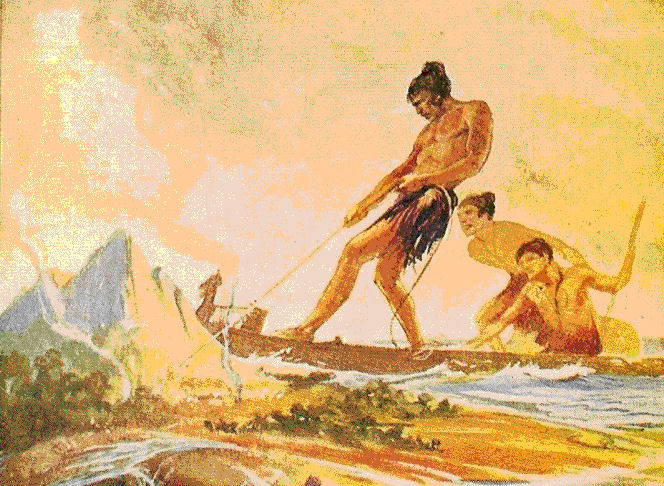
Since the day that Maui fished New Zealand out of the ocean, the Maoris have been the first inhabitants of the country. The other legend is the Maori claim of the first explorer to discover the New Zealand Tour packages – Kupe, who made his way across the Pacific from the Polynesian island of Hawaiki, more than 1000 years ago. When Kupe saw the land mass, it appeared like a long white cloud. Hence the name Aotearoa!
The Maoris are the root of the indigenous New Zealand culture. Here is what you should know about the Maori when you visit New Zealand.
Food from the heart
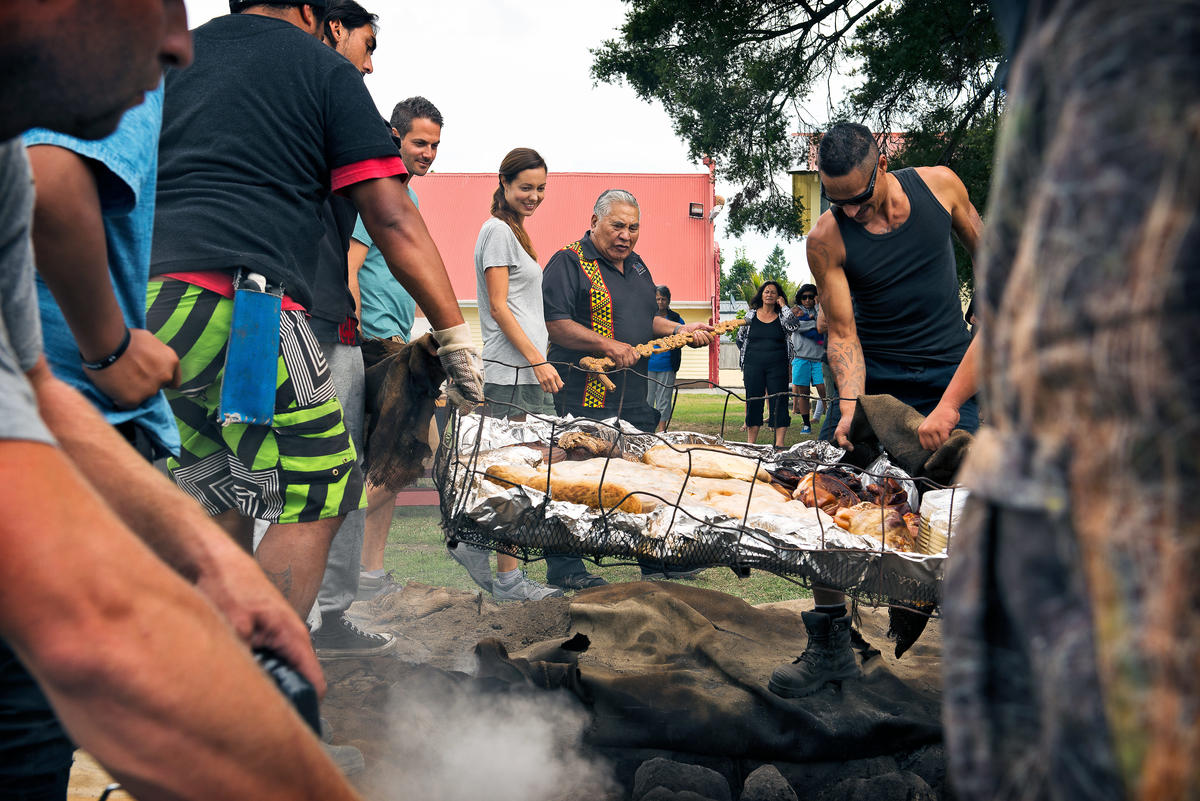
The Maori introduced many vegetables to New Zealand, a favourite one being the Sweet Potato. Ask for Kumara if you want to try out how the locals eat the sweet potato. But the Maori Hangi stew is a must try for the unique way it is cooked – underground! Baskets of food – meat or vegetables are covered with wet cloth and cooked on hot stones under the ground, covered by earth. The smoky basket of goodness that emerges after hours of cooking is called Hangi. The Tamaki Maori Village in Roturua is one of the best places to sample this fare, along with traditional Maori fare.
Language of folklore
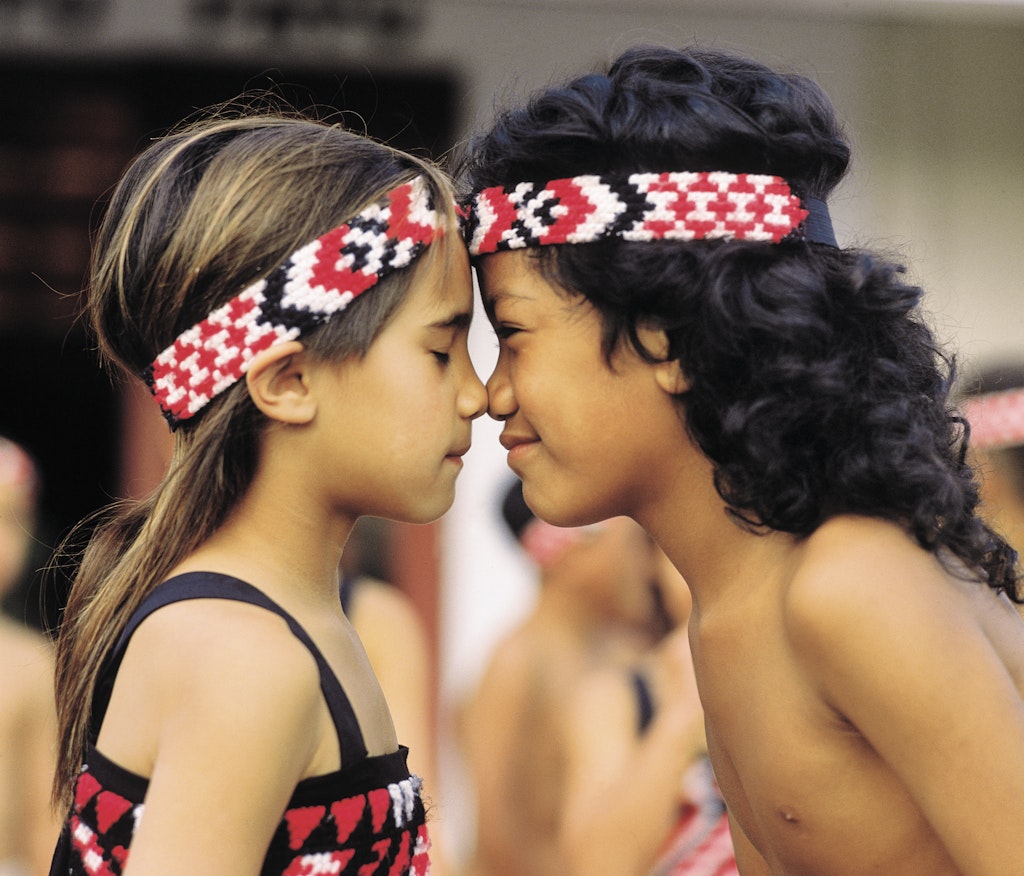
The unique Maori language is far from being extinct, it has been promoted as the second language of New Zealand. Learning a phrase or two will give you a head-start in Maori land. Traditionally Maoris greet each other by pressing noses. If that doesn’t appeal to you, remember the Maori’s greeting phrase ‘Tena Koe’. If you want to gift someone, you will be giving them a ‘Koha’ or present. Want to thank someone, say ‘Kia Ora’.
[text-blocks id=”6696″ plain=”1″]Symbols of Harmony
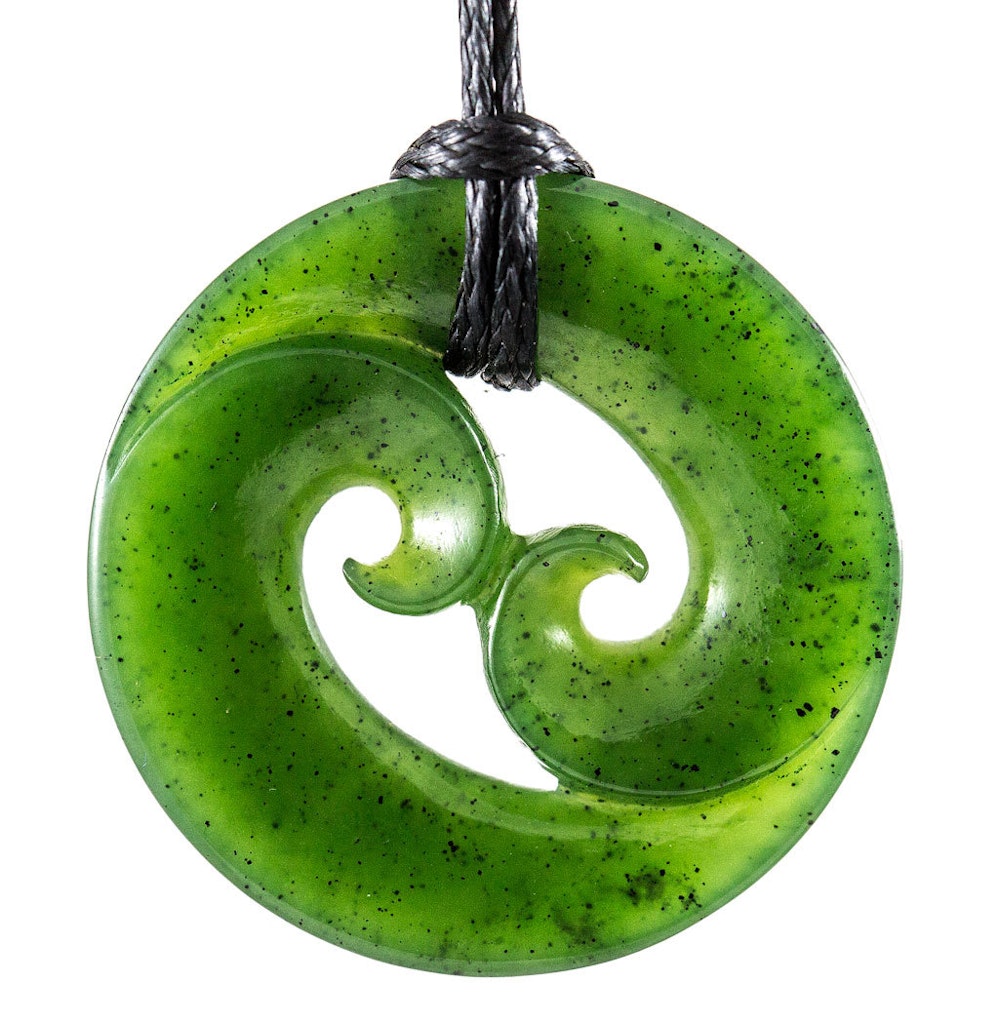
The Maoris lead a harmonious existence with nature, as can be seen in their Marae or the sacred communal areas. The area is designed after the Koru the circular symbol of harmony in Maori culture. The fluid design can be seen on rooftops and adorning buildings all over New Zealand. You can bring home some Maori equilibrium with Koru Jade pendants, look into what they signify before you get one. But remember the belief is that one must never buy for oneself, the jade stones must always be gifts between two people. Pounamu, in the West Coast is where these green stones are sourced from.
Maori Arts
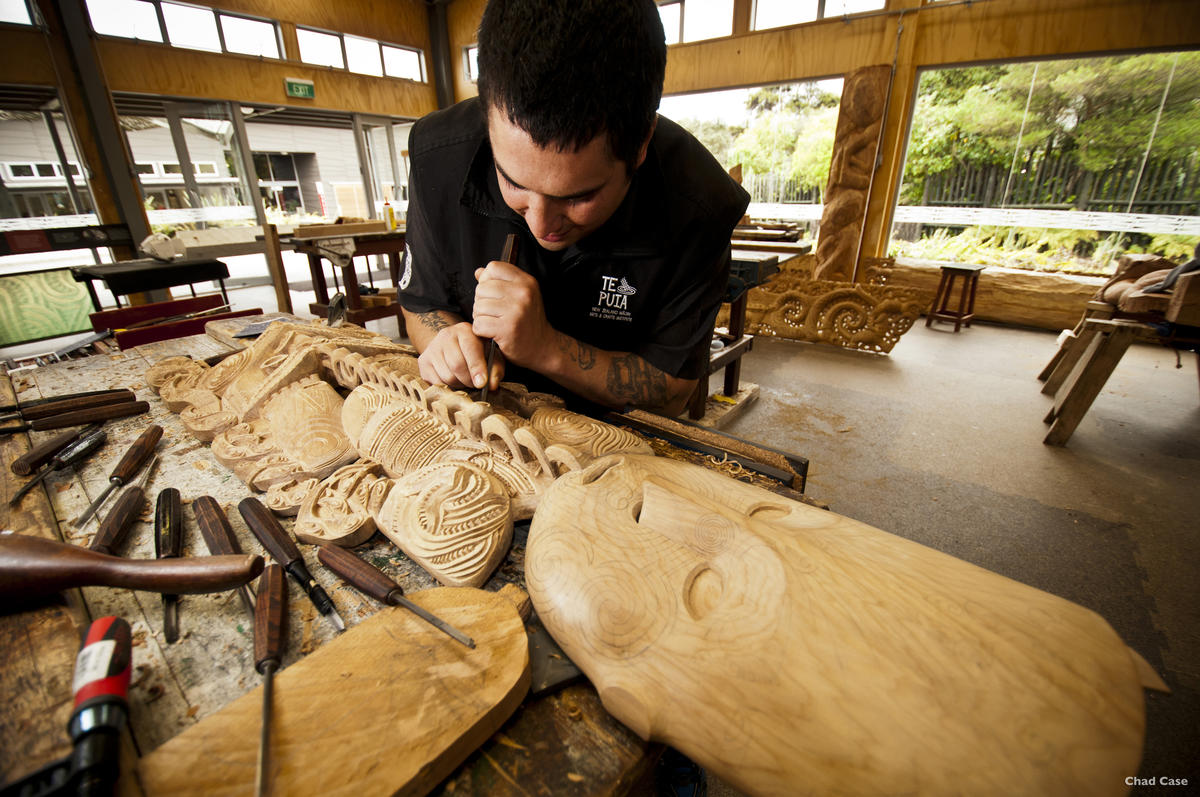
The Maoris have perfected the art of weaving and carving. Raranga, the art of Maori weaving with New Zealand flax produces utilitarian products such as cloaks to baskets and mats. Feathers, decorative threads and natural dyes is what makes these woven products stand out.
The Maori art of carving, Whakairo tells a story through their intricate designs. The art is passed down through generations and depict folk stories and legends. Whakairo pieces are not just decorative, they are a piece of history in themselves. You can take home for souvenirs carved pieces of jewellery too. Watch the carvers at work at Te Puia in Rotorua.
Of Maori names
In Hawke’s Bay is a hill that has the longest name for a place in any English-speaking country. The name is 85 characters long and is a sure tongue-twister – Taumatawhakatangihangaoauauotameteaturipukakapikimaungah-oronukupokaiwhenuakitanatahu. In Maori language, it translates literally to ‘the place where Tamatea, the man with the big knees, who slid, climbed and swallowed mountains, known as the land-eater, played his nose flute to his loved ones’. A mouthful isn’t it? If you are near Hawke’s Bay, have a look at the long name-plate and try pronouncing it.
[text-blocks id=”6754″ plain=”1″]Top-Selling New Zealand Packages
New Zealand Family Holiday Packages | New Zealand Budget Tour Packages | New Zealand Luxury Vacation Packages
Checkout Other Articles Related to New Zealand
6 Fun Things for Kids to Do at New Zealand | 10 Breathtaking Parts of New Zealand That You Shouldn’t Miss | 6 Best Places to See the Southern Lights in New Zealand | 12 Best Places to Skydive in New Zealand
Related Itineraries
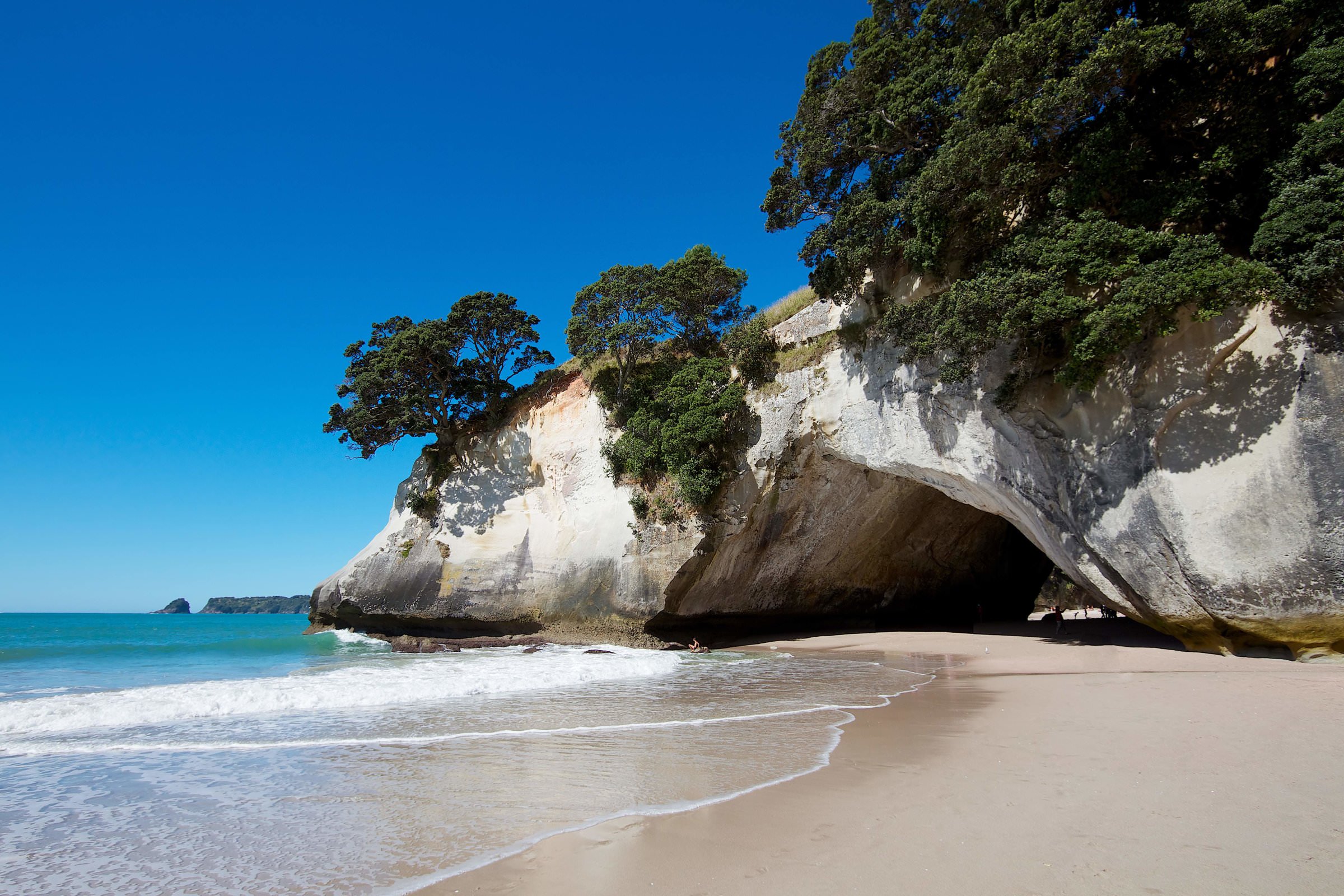
A 11 day itinerary to explore scenic New Zealand
- Flights included
- 5 star accommodations
- 12 activities
- Transfers excluded
₹ 2,02,483
Starting price/person
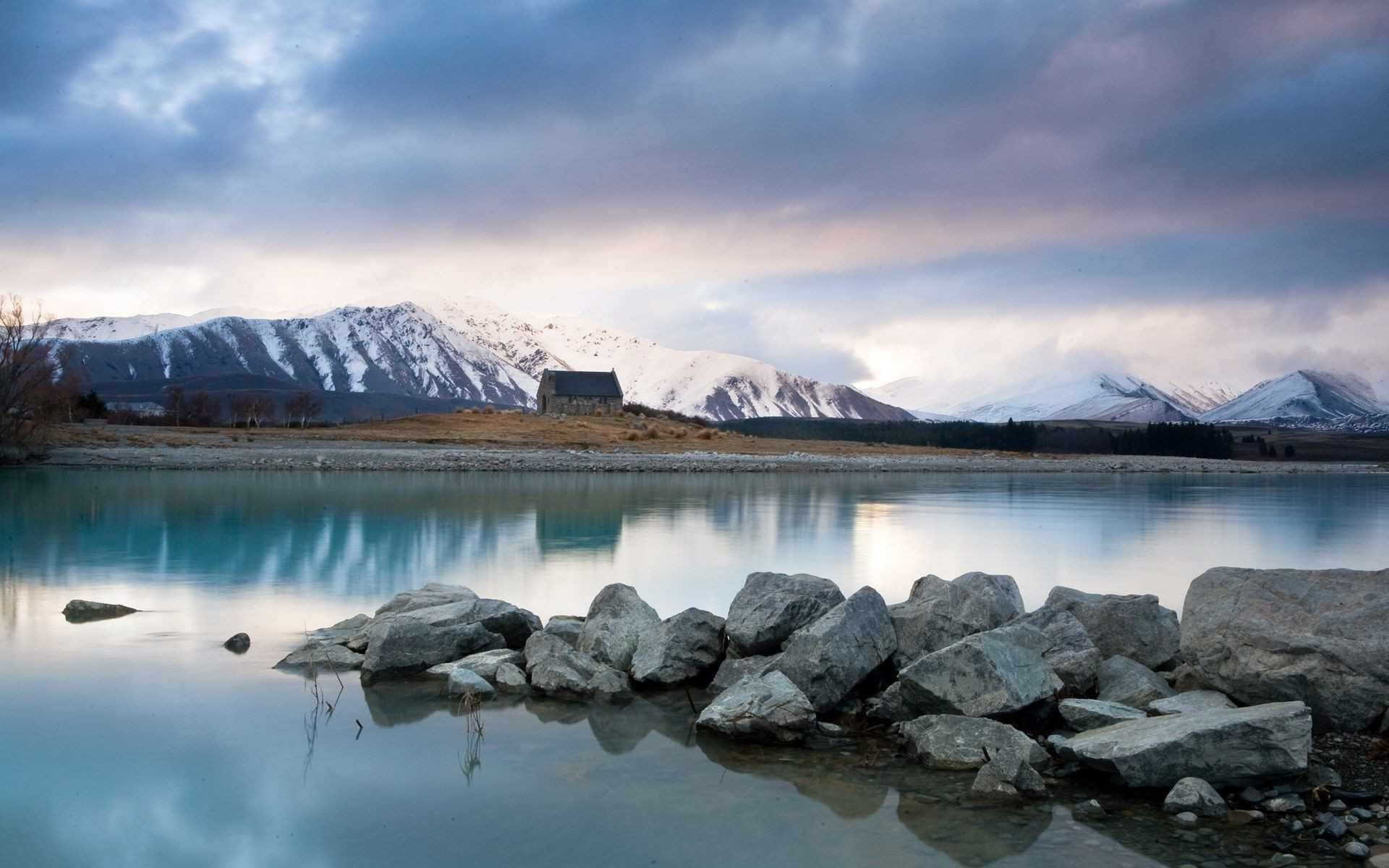
The most spectacular 10 day New Zealand vacation
- Flights included
- 4 star accommodations
- 7 activities
- Private transfer
₹ 1,56,644
Starting price/person
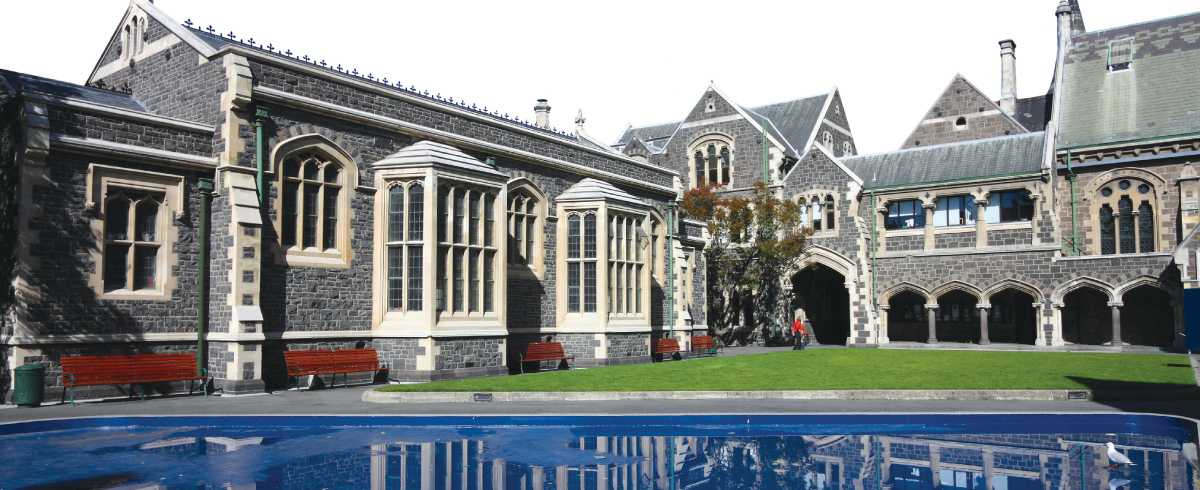
The 12 day New Zealand itinerary for nature lovers
- Flights included
- 5 star accommodations
- 7 activities
- Transfers excluded
₹ 1,98,817
Starting price/person

A New Zealand itinerary for 14 fabulous days
- Flights included
- 4 star accommodations
- 10 activities
- Transfers excluded
₹ 2,01,144
Starting price/person

A 16 day itinerary to explore scenic New Zealand
- Flights included
- 4.5 star accommodations
- 7 activities
- Transfers excluded
₹ 2,45,558
Starting price/person
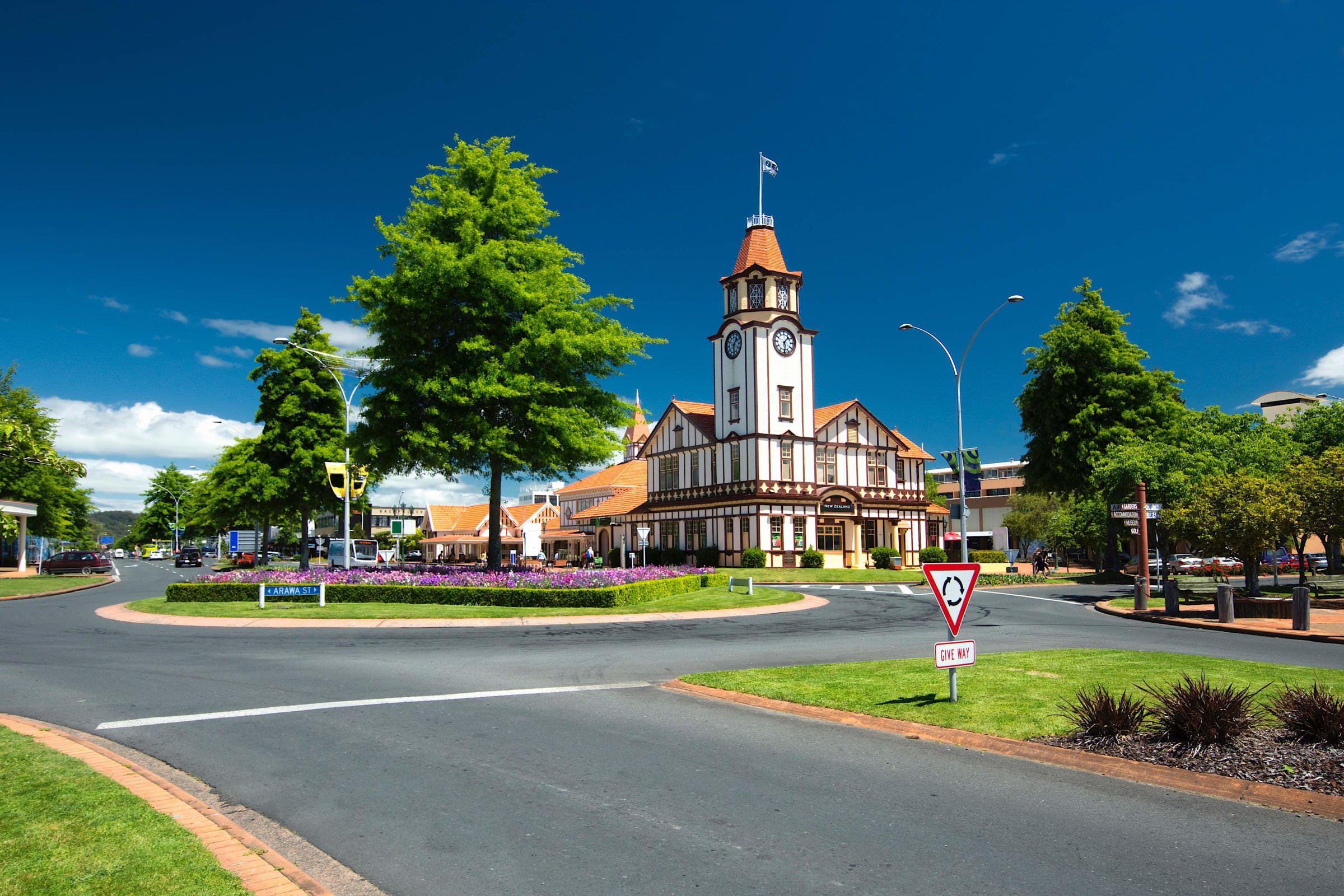
Feel-Good New Zealand Getaway: 7-Night Itinerary for a Vacation with Friends
- Flights excluded
- 4.5 star accommodations
- 6 activities
- Transfers excluded
₹ 1,77,501
Starting price/person

The Perfect 9-Night New Zealand Itinerary for a Memorable Journey
- Flights excluded
- 4.5 star accommodations
- 8 activities
- Transfers excluded
₹ 3,34,812
Starting price/person
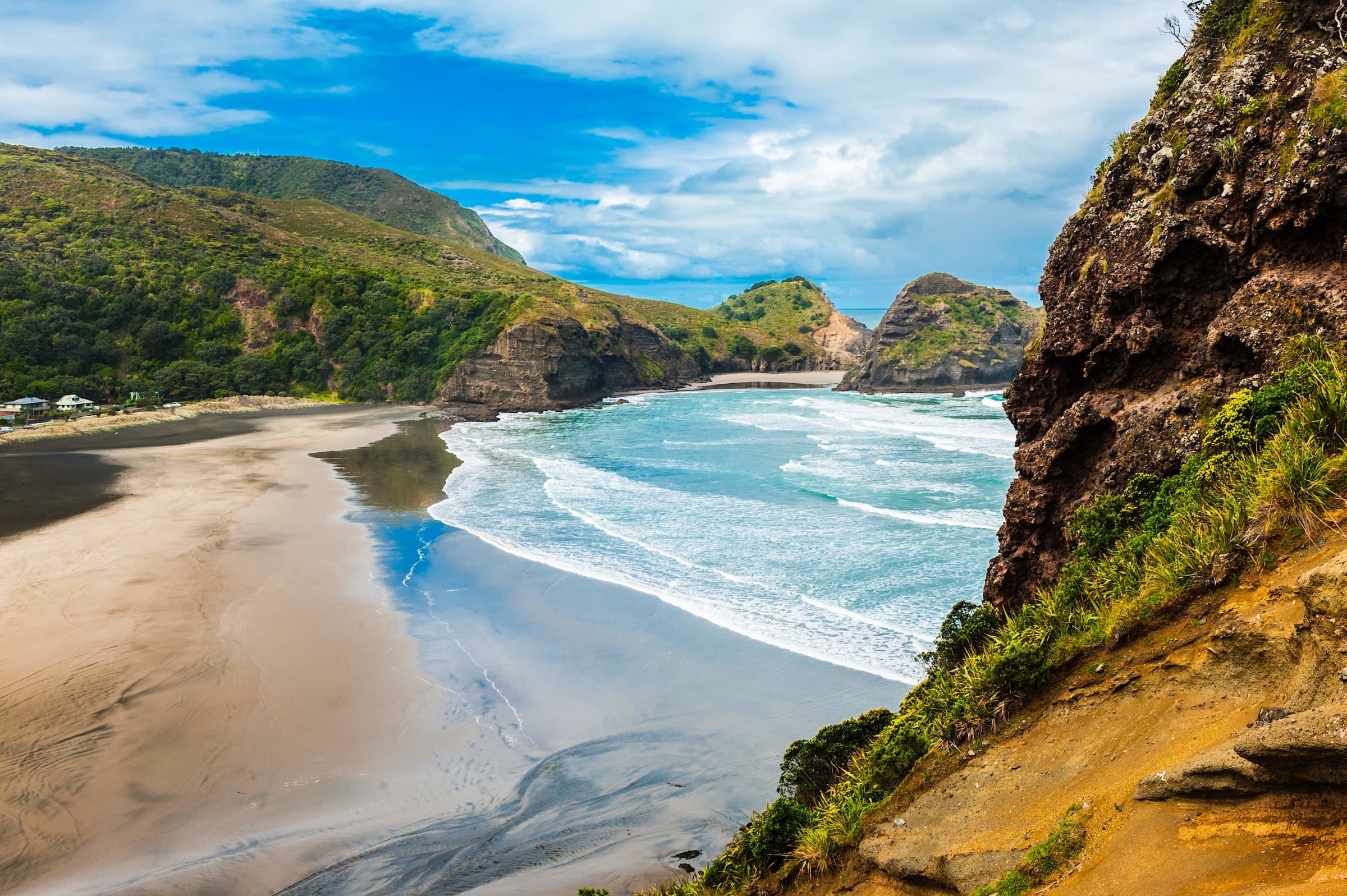
Ideal Family Adventure: 9-Night New Zealand Itinerary for Unforgettable Vacations
- Flights excluded
- 4.5 star accommodations
- 6 activities
- Transfers excluded
₹ 2,86,852
Starting price/person
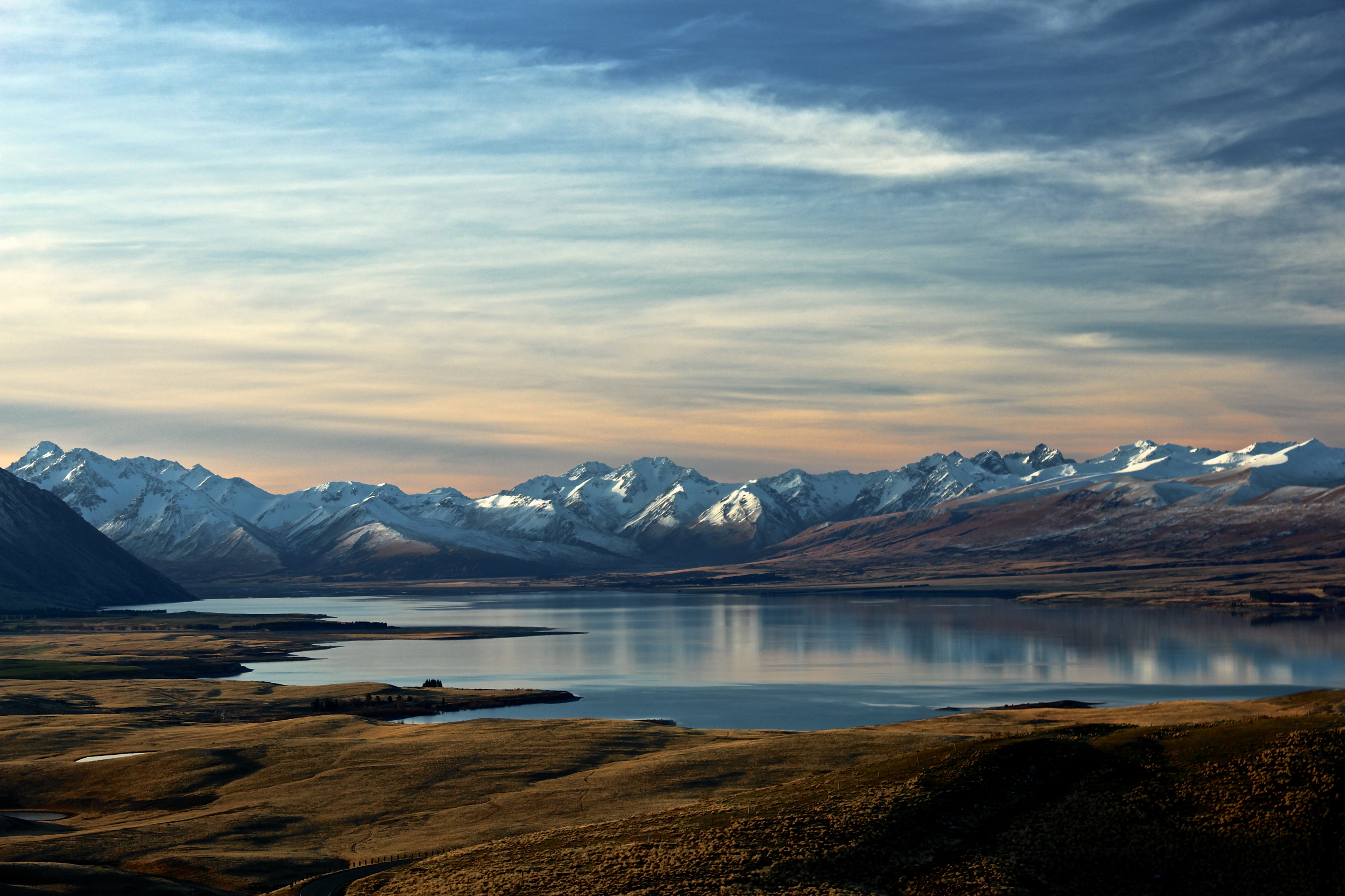
Ultimate Family Adventure: Best 17-Night New Zealand Itinerary for Unforgettable Vacation
- Flights excluded
- 4.5 star accommodations
- 14 activities
- Transfers excluded
₹ 5,65,481
Starting price/person
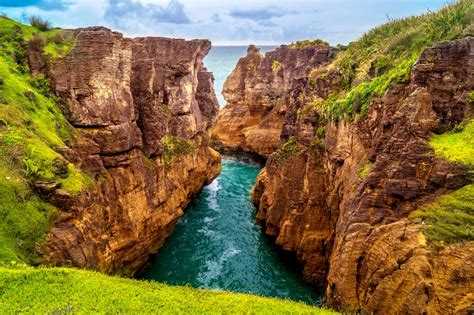
New Zealand and Fiji Bliss: Fantastic 12-Day Honeymoon Itinerary for an Unforgettable Journey
- Flights excluded
- 3 star accommodations
- 3 activities
- Private transfer
₹ 2,42,933
Starting price/person




[…] their food, and this is something you should try as you watch the Maori dance and song performance. Here’s something you should read up before you go […]
[…] Check Out: Hakikino fortress is where Maori culture still lives. Take a tour of this historic site and interact with the people living there. But before you go do learn more about the Maori’s here. […]